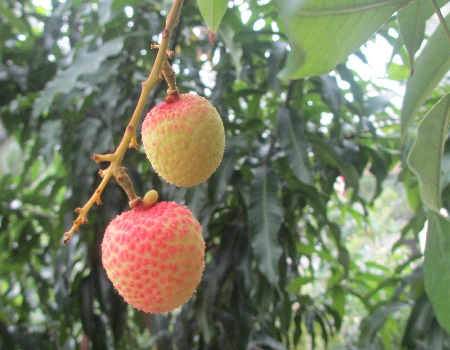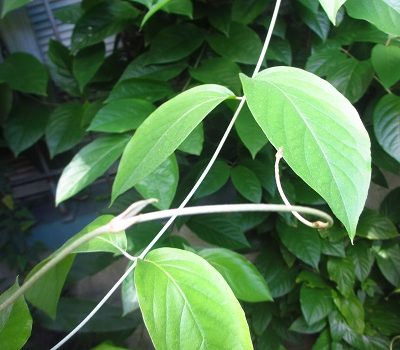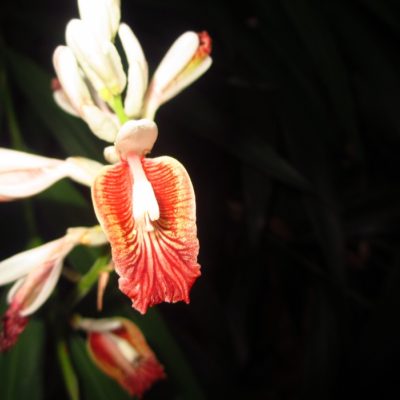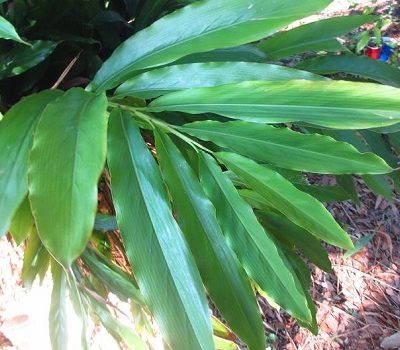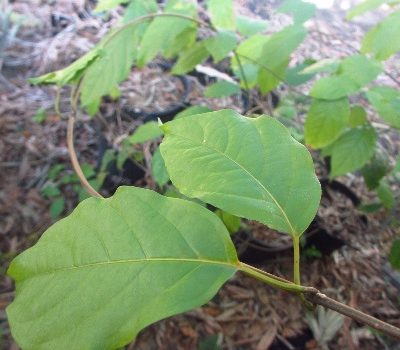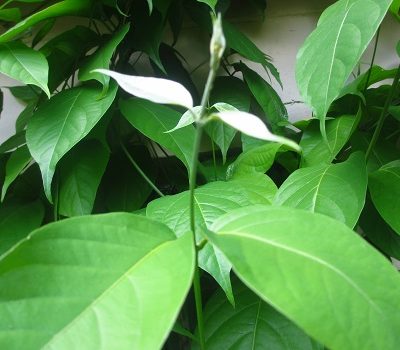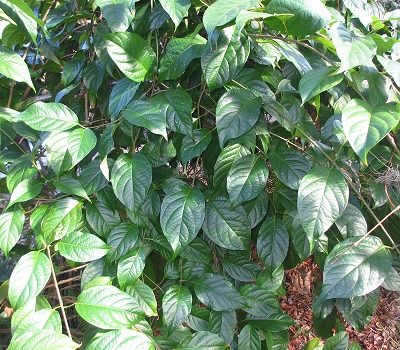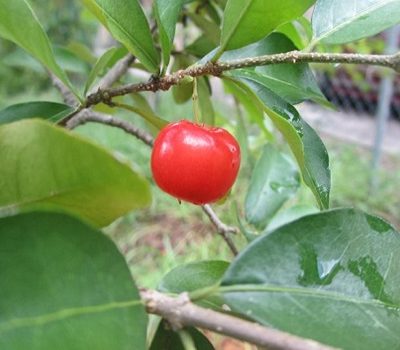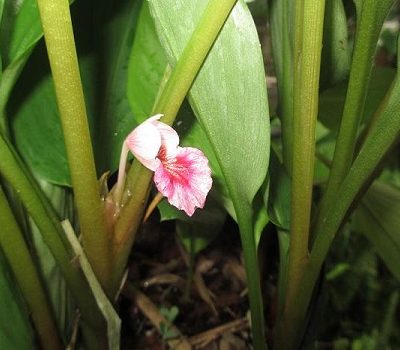Lychee Fruit
I can’t possibly put into words how much I love the lychee fruit. At the time of writing this, I actually have a bowl of chilled lychees in front of me. I long for lychee season all year, as canned lychees just dont cut it.
Many people refer to lychees as “lychee nuts”, but the lychee is not a nut at all. They are a drupe, like a plum, a cherry, or a mango. Call them what you want, I call them delicious.
I myself have developed a cold tollerant lychee variety. It has just begun to produce. The fruits are on the small side, but the flavor is delicious, and the seeds are the smallest chicken tongue seeds I’ve ever seen, so almost all of what’s inside the skin is sweet, delicious, flesh. It has made it through two of the harshest winters in Florida’s recent history, completely unprotected from the cold, without losing a single leaf. I have a feeling that you will be hearing more about this tree in the future, but I’m still not ready to begin selling it. I am currently putting it through trials to see where it will be able to grow.
Description
The lychee tree is very attractive, symetrical, and densely foliated. They have dark green, compound leaves with 4-8 oblong leaflets, which resemble small mango leaves. The foliage emerges coppery-red, and darkens as the leaves harden off. The white flowers are borne on terminal panicles which emerge in late winter or early spring. The fruit is a beautiful red drupe with juicy, fragrant, transluscent, white, melting flesh. The red scaly skin peels easily from the flesh. A single dark shiny seed which is easily removed from the flesh of the fruit is found in the center of each fruit. Some varieties of lychees will produce fruit even if they aren’t pollinated. These contain a very small non-viable seed, and are referred to as chicken tongue lyches. “Sweetheart” is a popular variety which produces mostly chicken tongue lychees.
Height
Up to 40′ tall but keeping the plant more compact makes for easier fruit picking and maintenance.
Temperature/Zone
25°: F, between zone 9b and zone 10b. I am currently developing a cold hardy lychee tree. As a young tree (1″ caliper), it has withstood temperatures as low as 150: F, without any damage at all. I hope to have this tree available eventually. I’ll keep you posted.
Light
These love full sun. Less sun will severely reduce fruit yield.
Water
Lychees are somewhat drought tolerant, but, newly planted lychee trees should be watered regularly. For more consistent fruit production, water should be withheld during the Fall and Winter until panicles emerge. Short periods of flooding usually won’t kill a healthy lychee tree.
Fertilizer
Light aplications of an all purpose fertilizer should be applied monthly during the warmer months. Be careful not to overfertilize lychee trees, as their roots are easily burned. If your tree isn’t growing, don’t make the mistake of thinking that more fertilizer will cause it to grow. Even during the growing season it is normal for these trees to go through periods of latency where no growth occurs. These are interspersed with periods of rapid growth. Withhold fertilizer during the winter.
Flowering/Fruit production
Lychee trees are subtropical trees with a pretty narrow range of optimal climate. Too warm and the tree will never receive the chill required to produce flower panicles. Too cold and the tree will be killed by frost. Luckily a large area of South Florida is perfect for growing this marvelous fruit. Lychee trees grow in periodic flushes, with periods of latency in between them. The trick to fruit production in a lychee tree, is to time the pruning of the tree so that a growth flush occurs during a cold period where the mean daily temperature is below seventy degrees. A common practice for accomplishing this, is to girdle of some of the branches in September.

